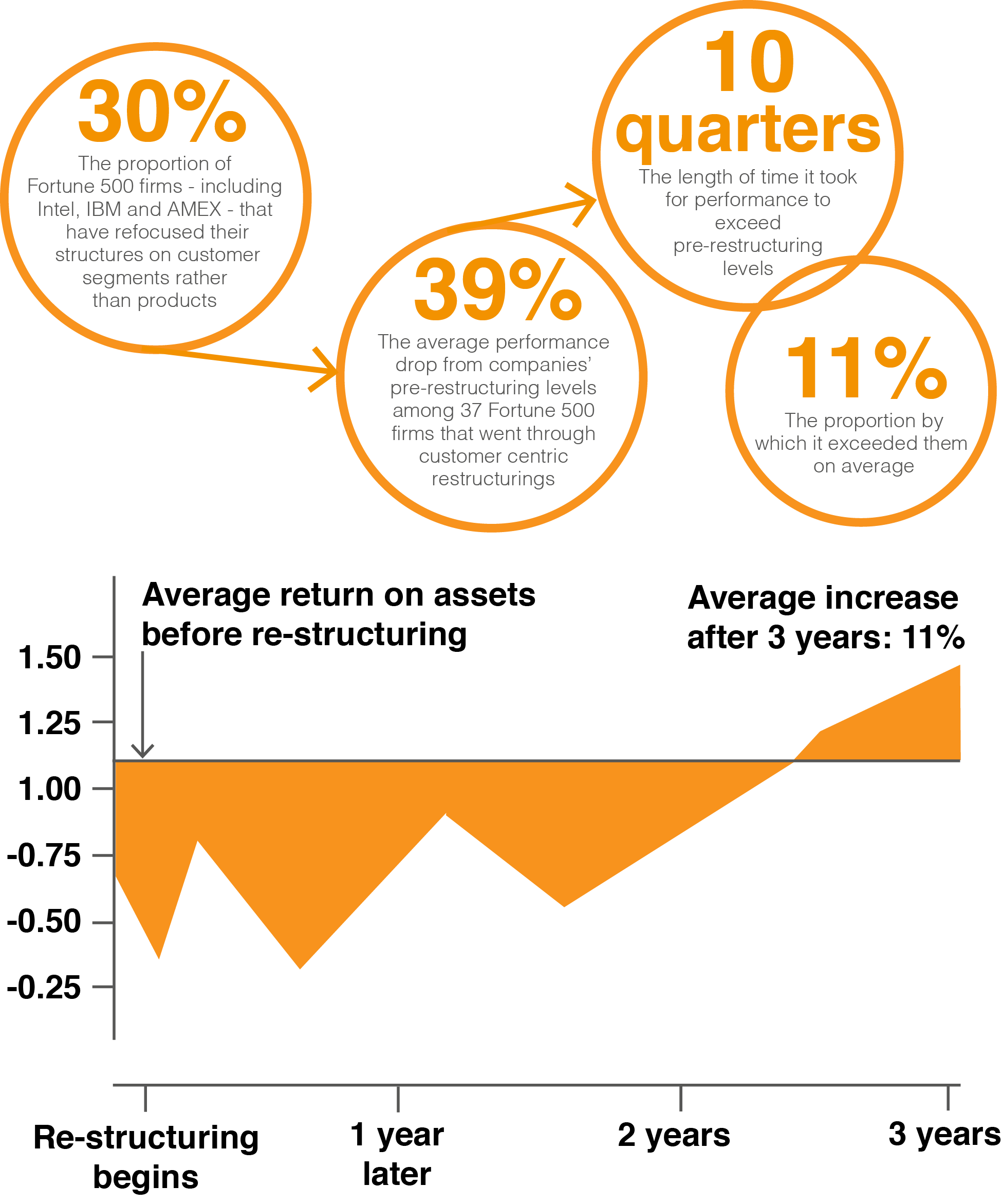
Whatever a brand thinks about the promises it makes, it’s the customer who experiences the reality – and a mismatch between the two can spell the end of that relationship.
Never has is been more critical to ensure a brand keeps it promises to its customers and never has it been harder to do so. Over the past 10 years, the pace of technology has shifted the balance of power to the customer – via social media, a brand hero can be a brand zero in an instant.
In this new relationship, the brand promise and the customer’s experience is laid bare. Anything short of expectations will cause great brand damage and financial hurt. No news travels as quickly as bad news.
Companies need to change their focus from ‘saying what they do’ to ‘doing what they say’. According to Bastien Schupp, Nissan Europe’s vice president of Marketing, “Brand promise can be a case of the chicken and the egg. Do you make the promise first, then force everyone to implement it, or do you ensure it is implemented first, and only then you make the promise? At Nissan, we only run with things when we really feel we can make that promise.”
It’s important to develop clarity about what the brand is; Only then can you start to execute against it.
Bastien Schupp, Nissan Europe, VP Marketing
Ownership
But who owns this relationship? Is it Marketing, is it Sales, or is it the support team? According to Simon Carter, Director Marketing at Fujitsu (UK and Ireland), “The reality is that no-one owns the customer; they own themselves. But, yes, you do need someone fighting for the customer – and marketing can help represent the totality of that customer, and be the ‘customer voice’ in the company.”
The key is to get the whole organisation behind a single, consistent, customer orientated agenda, and only then can an organisation deliver on its customer promise. This is much easier said than done, as all organisations have silos and even silo within silos.
One Company, one team
One approach adopted by Fujitsu is the ‘Proud to be Fujitsu’ initiative which was designed to install a sense of pride with the Brand and to create brand advocates. This self-empowerment approach to internal marketing has been very effective at Fujitsu. Another example is the #customerFirst programme, whereby, employees posted examples where great customer experience was delivered and all employees can see what great Customer experience looks like.
These initiatives must be driven from the very top to install a sense of urgency with the help from your HR and Marketing teams. Such ‘joined-up’ approaches must be internally accepted, before external brand promises can be made.
According to Harvard Business Review, these customer and brand centric re-structuring programmes can take a long time to mature.

The End Goal
The brands creating the most impact today are making every interaction with the customer count. Each interaction adds value to the customer and improves the brand-customer relationship. Beyond the product or service, other interactions include customer support, social media, branch service and cross-promotions. No interaction is valued more over the other, they all hold equal value.
In my opinion, in the next 3 years, the Brand Experience will be the Next Customer Experience. Your Brand promise will differentiate you from your competitors and by digitising your contact centre today inline with your brand values, you can start this journey now. Exciting times!
You can reach Norman Liu on [email protected]
Source: IST Blogs
Recent Posts

